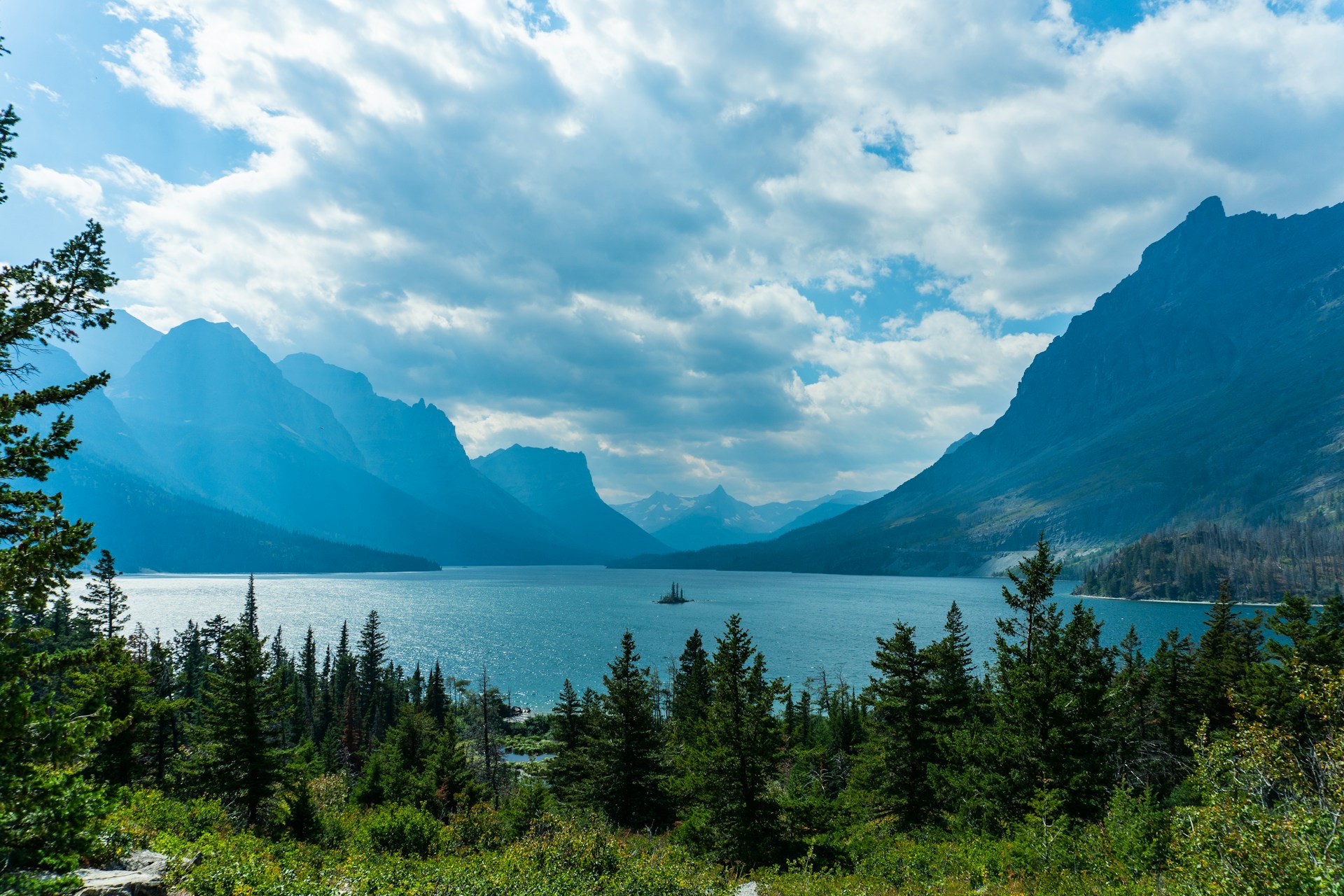The American Wild West has captured imaginations for generations, but much of what you see in movies or read in novels is more myth than reality. From gunfights in dusty streets to lawless outlaws ruling every town, these ideas often oversimplify or distort history. The truth is more complex, filled with cultural blending, everyday challenges, and slower-paced lives than Hollywood suggests. Exploring these misconceptions gives you a clearer picture of what the Wild West was really like.
Everyone Carried Guns Everywhere

While firearms were part of frontier life, most towns actually had strict gun laws. Visitors often had to check their weapons with local authorities when entering a settlement. People valued peace and safety, and constant open carry was not the norm. The image of everyone walking armed at all times is largely a Hollywood creation.
Gunfights Happened Daily in the Streets

Movies often show quick-draw duels as a daily event, but these shootouts were extremely rare. The famous showdown at the O.K. Corral was notable precisely because such fights were unusual. Disputes were more often settled with words, law enforcement, or even fists. Gunfights were the exception, not the rule.
Outlaws Ruled the Frontier

The Wild West certainly had its share of outlaws, but they did not run every town. Most communities were run by hardworking farmers, merchants, and families who valued stability. Local sheriffs, marshals, and community rules kept order more effectively than popular myths suggest. Outlaws were a dangerous minority, not the dominant force.
Native Americans and Settlers Were Always at War

Conflict did exist, but not every encounter between Native Americans and settlers was violent. Trade, cooperation, and cultural exchanges were also common. Many tribes adapted to new realities and forged alliances, while others resisted expansion. The idea of constant warfare overshadows the diversity of relationships that shaped the frontier.
Cowboys Were All White Men

Hollywood often depicts cowboys as white men, but history tells a different story. A significant portion of the Cowboys were African American, Hispanic, and Native American. These men played a central role in cattle drives and ranch work across the frontier. The cowboy culture was far more diverse than movies reveal.
The West Was Completely Lawless

The image of towns with no laws or authority is misleading. Most frontier towns had sheriffs, judges, and community codes to maintain order. While crime certainly existed, communities valued rules to ensure survival. Lawlessness was the exception and not the everyday reality of the West.
Women Had No Role in the Frontier

Popular stories often overlook women, but they were essential in building frontier life. Women worked as ranchers, teachers, entrepreneurs, and even law enforcement in rare cases. They helped establish schools, churches, and businesses that shaped communities. Far from being sidelined, women played vital roles in making the West livable.
Everyone Rode Horses All the Time

Horses were important, but not everyone owned or used them daily. Walking, wagons, and trains were more common forms of travel for many. Horses were expensive to maintain, so they were often reserved for work like cattle herding or long-distance travel. Daily life involved more variety in transportation than the cowboy myth suggests.
Towns Were Full of Saloons and Gambling

While saloons did exist, they were not the only hub of frontier towns. Communities also had schools, churches, general stores, and family-centered gatherings. Saloons were popular in some places, but not every settlement revolved around them. The stereotype of constant drinking and gambling overlooks the broader social life of the West.
The Wild West Ended Overnight

Many believe the frontier suddenly ended with one event, but history was more gradual. The introduction of railroads, new laws, and growing towns slowly transformed the region. By the early 20th century, much of the “Wild West” lifestyle had faded, replaced by modern industries and infrastructure. The myth of a sudden end simplifies a long process of change.





